So last weekend I popped into one of my favourite pubs in Brighton, The Great Eastern, a pub we used to play in the old Bluegrass Band.
With Brighton having one of the highest pubs-to-people ratio, it’s a lot of work to stay competitive. I love how this place uses content marketing to promote and sell their beers and whiskey.
When I was there on a Saturday afternoon (for a fizzy orange) I noticed at least one person from each table flicking through one of two booklets that were scattered around. These are created by the group that owns the pubs and include:
- The American Whiskey Bible
- Bottle Beers From Around the World
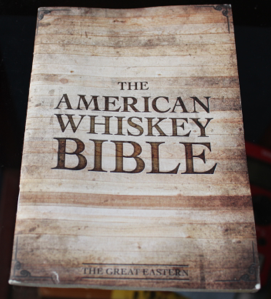
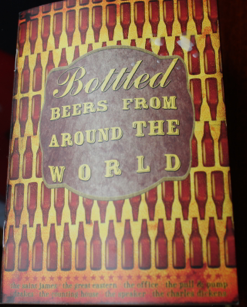 But I noticed people weren’t giving these pieces the same casual interest they did to the other leaflets around. Instead they were pointing out parts of the booklets to their friends and actually talking about trying the different drinks.
But I noticed people weren’t giving these pieces the same casual interest they did to the other leaflets around. Instead they were pointing out parts of the booklets to their friends and actually talking about trying the different drinks.
I love watching content marketing in action for offline businesses. Especially when it’s working. When pubs are closing left right and centre, its refreshing to see one try new ideas for promoting different drinks rather than the “here’s what we’ve got, whaddya want?”
So how are these booklets encouraging people to read them and try new drinks?
A style that mimics your friendly barman
Both booklets open up with an introduction that has a conversational marketing tone-of-voice. They are not your typical brochures that jump into advertising the product. Instead they are written in the style of popular content that people like to read.
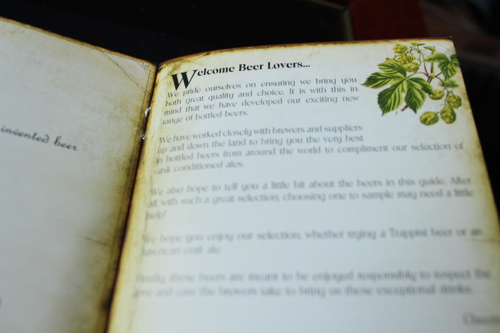

Independent value
Rather than focus on the sales, these booklets focus on the step before the sale which is a great content marketing strategy. They don’t assume the reader is interested in ‘buying’ beer or whiskey. Instead they address the reader’s ‘interest’ in either beer or whiskey and work from there.
So to start, they engage their reader by answering questions and providing useful content on the subjects such as:
- Explaining different types of beer and whiskey
- Tips on “How to Taste Whiskey Like The Experts”
- Content on “What Is Beer?” and typical flavours and beer styles
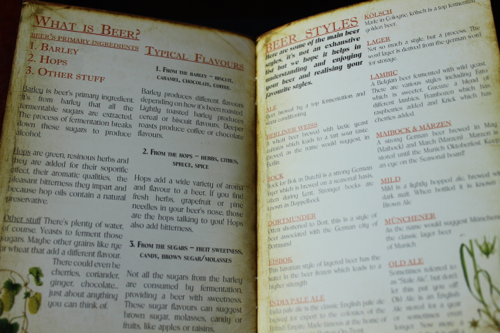
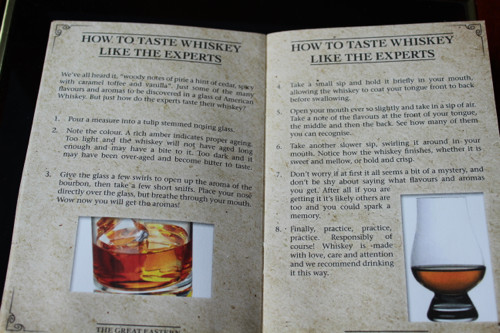 Not only that but the booklets are peppered with interesting facts and relevant quotations that encouraged discussion and talk about the drinks. These booklets give the reader a story to tell that makes them look good in front of their friends.
Not only that but the booklets are peppered with interesting facts and relevant quotations that encouraged discussion and talk about the drinks. These booklets give the reader a story to tell that makes them look good in front of their friends.
Helping the customer find the perfect drink for them
Even the product information is interesting to read because it doesn’t just list the drinks available in the pub. Instead each beer or whiskey has an individual write-up to help the pub-goer pick the perfect style drink for them.
What’s more, by taking the time to explain them individually, the pub is more likely to encourage people to try drinks they might never otherwise have bought.
Details about their other pubs
Finally, in the beer booklet, it lists the other pubs in the area that are run by the same group but only at the end. Once the reader has been entertained, educated and helped in their journey to choose a whiskey or beer, they are then guided to the best places to enjoy them:
What do you think? Do you like this style of content marketing? Have you tried something similar in your business? Let me know in the comments.

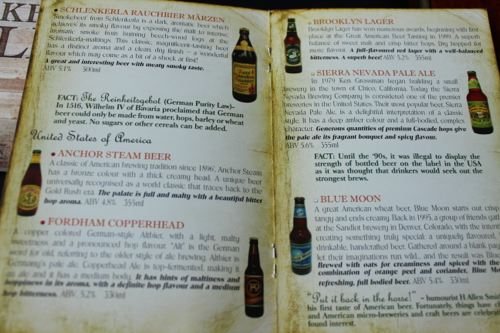
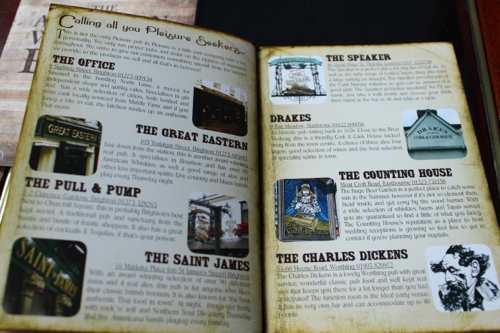
Amy, your headline grabbed my attention then the topic grabbed my imagination. Your specific example of bricks-and-mortar content would really work here in Beervana, Oregon. Sprinkle beer-oriented copy with oddball facts, throw in a quirky quiz, and it would be perfect for our McMenamins chain of brew pubs. I can totally see the style of booklet they’d produce, decorated with their signature style of art.
For my writing business, I imagine that informative descriptions of the different writing services I provide, accompanied by entertaining examples of those services, might appeal to the quirky, Beervana, Oregon businesses I’d like to serve. Is it possible to split test that theory in my newsletter?
Hey Debra!
I like the sound of describing the service you offer. With split testing in your newsletter, try and focus on making one distinct change at a time so it’s easier to understand the results. 2 different headlines, or 2 different calls to action to check out your writing brochure for example 🙂